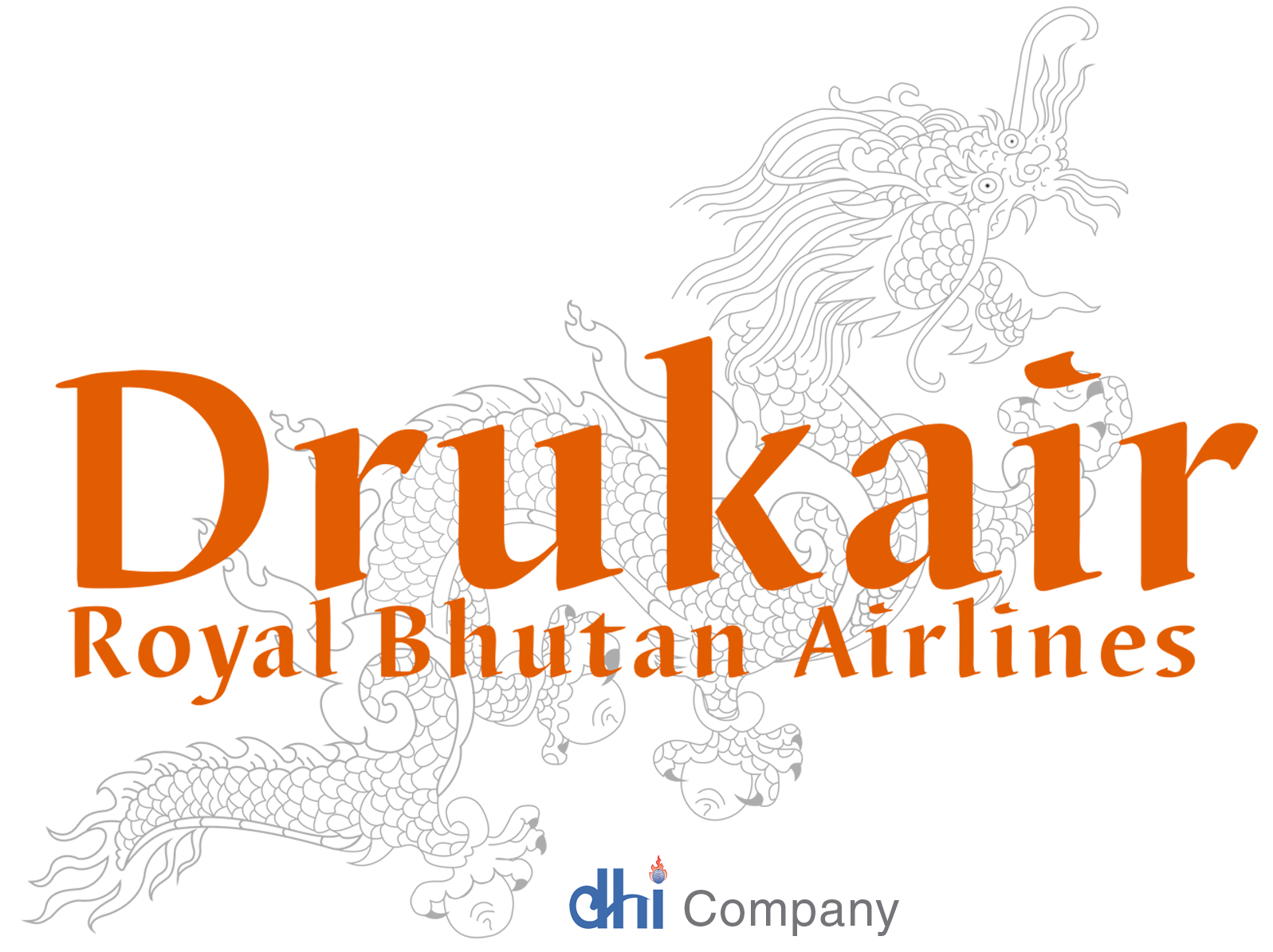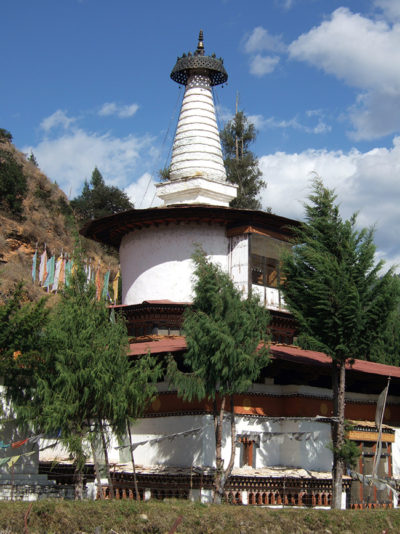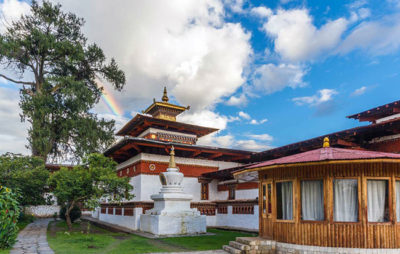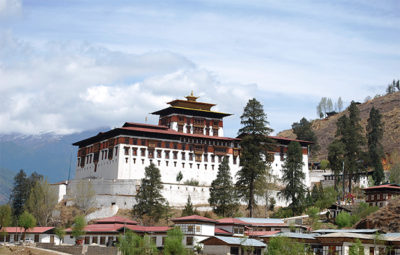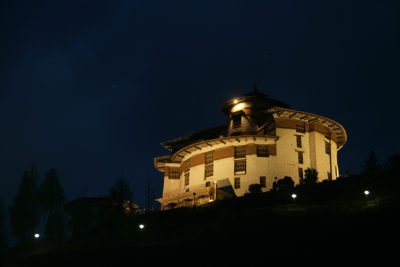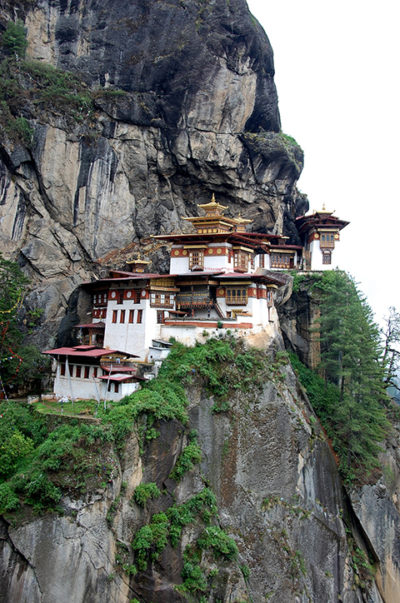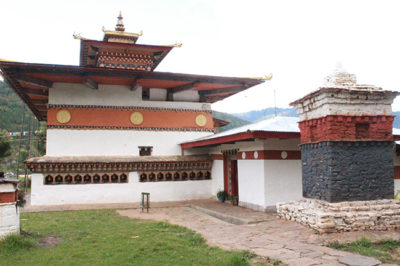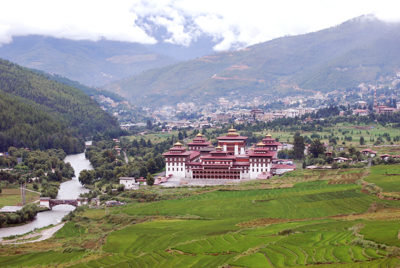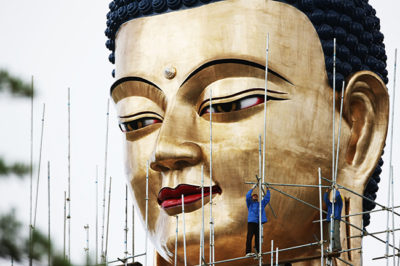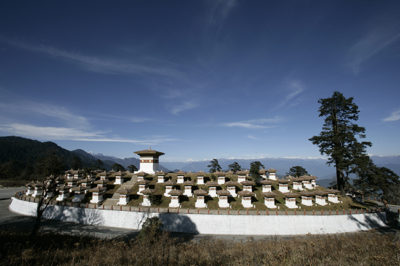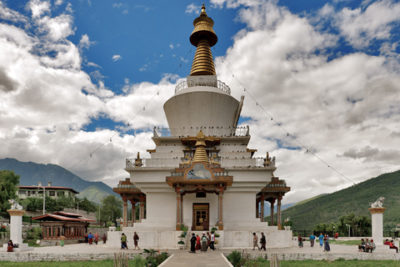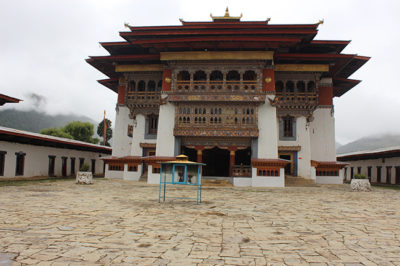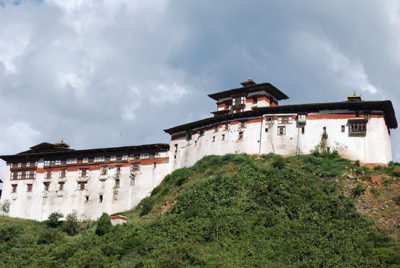Thimphu (alt.2400m/7875ft)
Thimphu is the capital town of Bhutan and the centre of government, religion and commerce. A unique city with unusual mixture of modern development alongside ancient traditions. Although not what one expects from a capital city, Thimphu is still a fitting and lively place. Home to civil servants, expatriates and monk body, and maintains a strong national character in its architectural style.
Thimphu has a population about 100,000. The town is made up of just three lines of shops and is the only capital in the world without traffic lights.
Memorial Chorten
This stupa was built in 1974 in the memory of Bhutan’s third King, His Late Majesty, King JigmeDorjiWangchuk, who is popularly regarded as Father of modern Bhutan. The paintings and statues inside the monument provide a deep insight into Buddhist philosophy
Buddha Point(KuenselPhodrang)
Located at a short drive from Thimphu city centre, visitors can get a good overview of the Thimphu valley from the Buddha point (KuenselPhodrang). You can pay your obeisance and offer prayers to the Buddha, the largest statue in the country and then walk around and take a glimpse of the valley
Trashichhoedzong
Also known as “fortress of the glorious religion”, it was initially built in 1641 and later rebuilt in its present form by King JigmeDorjiWangchuk in 1965. The Dzong houses, main secretariat building which houses the throne room of His Majesty, the King of Bhutan. The National Assembly Hall is housed in a modern building on the other side of the river from the Dzong. During the warmer summer months, the monk body headed by His Holiness, the Je Khenpo, makes its home in the Dzong.
